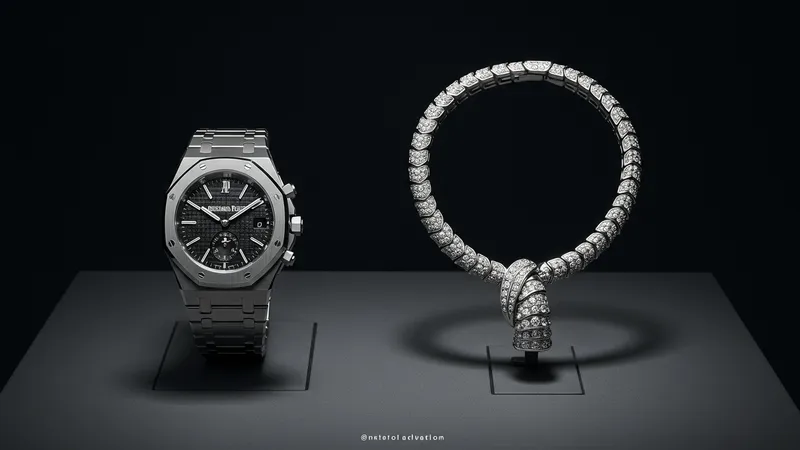
Luxury Watches & Jewelry: Timeless Elegance And Sophistication
Design Innovations in Luxury Watches & Jewelry
One of the most striking aspects of luxury timepieces and jewelry lies in the way they continually redefine what’s possible through design innovation. Troubleshooting the intricacies of horology, Swiss pioneers like the creators of the Audemars Piguet Royal Oak introduced stainless steel in high-end watches, deviating from conventional precious metals and reshaping the landscape in the 1970s. This shift enabled greater durability and a sportier aesthetic, proving that elegance could thrive beyond tradition.

The world of jewelry finds innovation in both form and adaptability. The Bulgari Serpenti Necklace, for example, adopts the sinuous movement of a serpent, using flexible materials and ingenious engineering to create pieces that appear almost alive. Such versatility allows wearers to make bold statements, traversing the line between fine jewelry and artful sculpture—an approach that has set new standards throughout the luxury industry.
The intersection of functionality and beauty is apparent in the continued evolution of icons like the Jaeger-LeCoultre Reverso. The reversible case, originally created for polo players, blends practicality with aesthetic mastery, providing artistry on both sides. These innovations are not just technical feats; they also reinforce each collection’s signature character, making each piece instantly recognizable.
Throughout these evolutions, brands leverage their Swiss heritage and international visibility by developing patented mechanisms, distinctive curves, and avant-garde materials. It’s common for connoisseurs to distinguish themselves by acquiring rare iterations—limited editions that embody the creative vision of their time. These details keep the world of luxury watches and jewelry consistently one step ahead, offering new reasons for fascination with every unveiling.